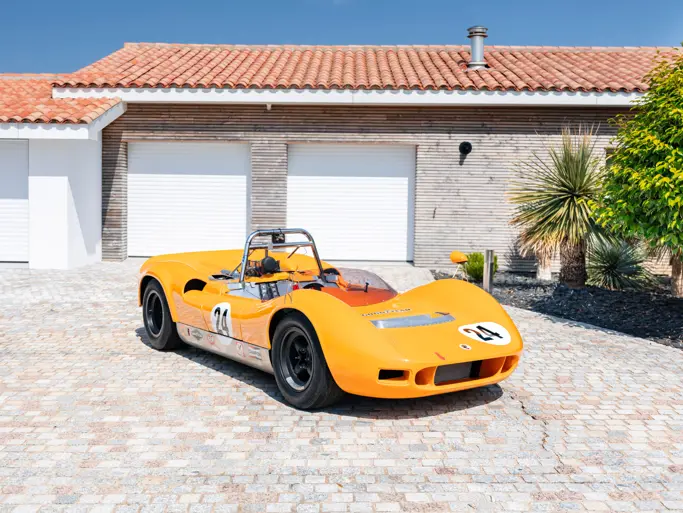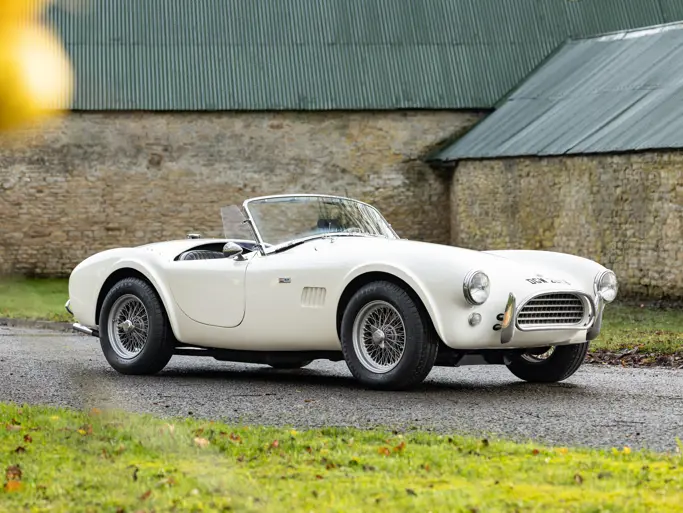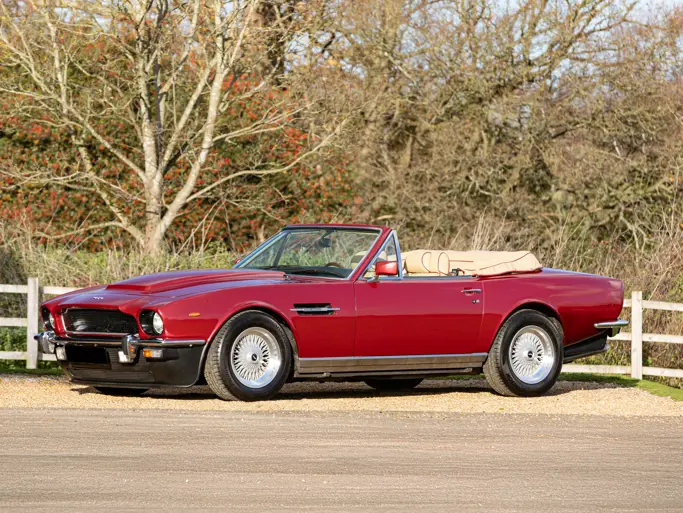After the brilliant first-series Jaguar E-Type debuted at Geneva in 1961 with inline six-cylinder power, the car’s basic design progressively matured through 1971 with a switch to the impressive and smoother V-12. Known as Series III cars and offered through 1974, they also featured a larger bonnet bulge, larger, flared wheel openings, a slightly wider track, a revised grille and updated bumpers. The convertible now rode on a longer 105-inch wheelbase. The interior was also entirely new, including the genuine English leather seats and door panels. The center console was redesigned with a smaller, dished, leather-rimmed steering wheel fitted. A tidy row of rocker switches control the auxiliary systems and carpet is abundant throughout the cabin.
This beautifully styled machine is driven by a 5.3-liter, 272 horsepower aluminum block V-12 engine with four Zenith-Stromberg carburetors, and a fully synchronized four-speed manual gearbox. Jaguar pioneered the use of four-wheel disc brakes during its now legendary string of victories at the Le Mans 24 Hours in the 1950s. So, of course, they utilize nothing but this system on their premier road cars. In the case of the E-Type, they have power assist and are ventilated in front and mounted inboard at the rear. For a most positive feel for the road, power assisted rack-and-pinion steering is also standard.
Having received a frame-off restoration, this Jaguar is finished in Primrose Yellow with a black interior and black soft-top. This exciting British sports car is further equipped with desirable factory air conditioning, heater, optional chrome wire wheels, Vredestein blackwall tires, Smiths instrumentation, luggage rack, AM/FM radio with cassette, plus the accessory, and uncommon Jaguar issue of removable hardtop.
The final-series cars are very capable and refined Grand Touring machines, while also retaining the sensuous lines of their predecessors. Today they rightly continue to captivate legions of collectors and marque enthusiasts and are ever growing in popularity. Nicknamed “the ultimate cat” in period advertising, the Jaguar is a magnificent beast; wild of spirit, but in full control of its powers – exuberant yet disciplined.

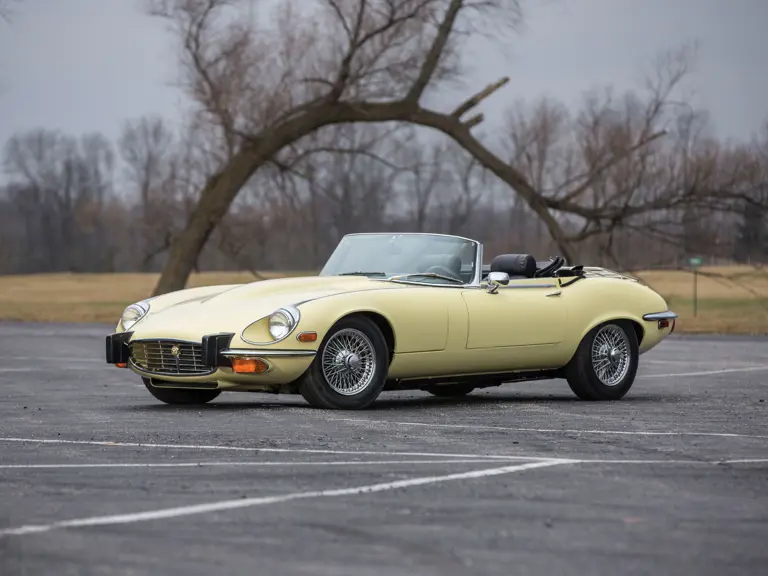
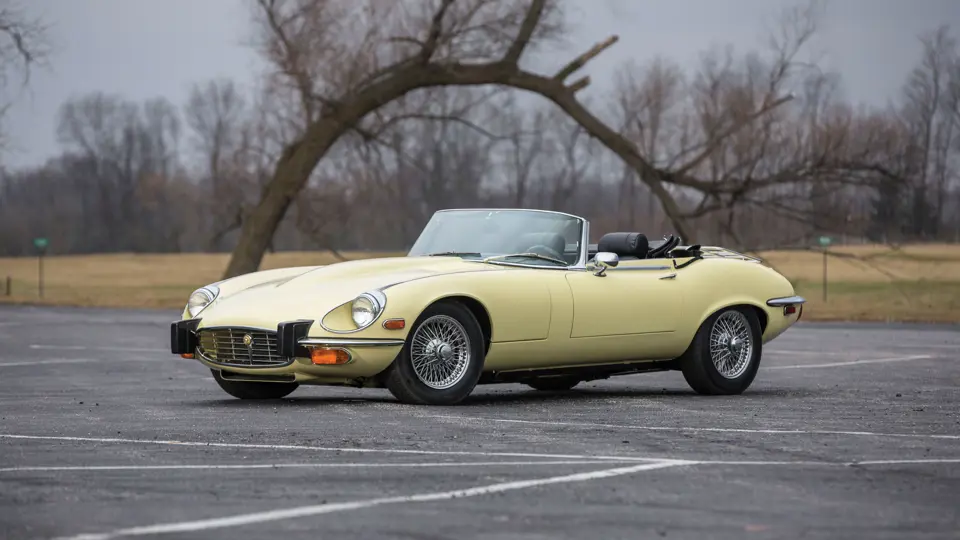
 | Fort Lauderdale, Florida
| Fort Lauderdale, Florida
